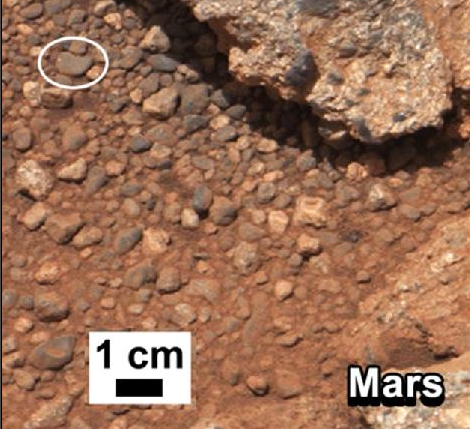On July 19, 2013, one of the most exciting events of the Cassini mission this year will be when the satellite takes images of the whole Saturn system while it is backlit by the sun. With Saturn covering the harsh light of the sun, mission scientists will be able to gather unique ring science.
Cassini is also going to take images of Earth from the satellite’s location in space, some 1.44 billion kilometers (898 million miles) away. Opportunities to image Earth from the outer solar system are few and far between, and special care must be taken so the satellite’s cameras are not “blinded” by looking in the direction of the sun, where Earth is. There have been only two images of Earth made from the outer solar system in all the time humankind has been exploring space. The first and most distant image was taken 23 years ago by NASA’s Voyager 1 spacecraft from 6 billion kilometers (4 billion miles) away, showing Earth as a pale blue dot. The other image was captured by Cassini in 2006 from a distance of 1.49 billion kilometers (926 million miles).
Cassini’s July image is a special opportunity for Earthlings to wave at the “photographer” in the Saturn system. Mission personnel are asking you, or your group, to go outside July 19 and have a photograph taken of you or your group waving, while looking in the general direction of Saturn. You can share your pictures by joining the Flickr group wave at Saturn, adding them to the Wave at Saturn Facebook event page, or tagging pictures on Twitter #waveatsaturn. The mission hopes to make a special collage of all of the images if they receive enough of them.
The Cassini portrait session of Earth will last about 15 minutes from 2:27 to 2:42 p.m. PDT. For more information about Waving at Saturn, visit http://saturn.jpl.nasa.gov/news/waveatsaturn/.

 Students and educators are invited to join NASA for the Sally Ride EarthKAM Summer 2013 Mission from July 9-12, 2013. Guide your students in hands-on research as they program a camera aboard the International Space Station to take pictures of specific locations on Earth. The optional online curriculum at the
Students and educators are invited to join NASA for the Sally Ride EarthKAM Summer 2013 Mission from July 9-12, 2013. Guide your students in hands-on research as they program a camera aboard the International Space Station to take pictures of specific locations on Earth. The optional online curriculum at the 
